Saturday, April 10, 2010
SCENES AND SEQUELS
HOW TO CREATE SCENES AND CONFLICT©
Les Edgerton
Most of the credit for the material that follows I owe to Jack Bickham, Janet Burroway and various others from wisdom gleaned from their books. And, some of it is my own, and most of this can be found in my two writing books.
There are two basic building blocks that make up all stories.
Scenes.
Sequels.
To do so, you need to know five things:
1. How to plan a scene
2. How to plan a sequel
3. How to write a scene
4. How to write a sequel
5. How to use them together
First what is a scene? A scene is nothing more than a unit of conflict lived through by the character and the reader.
All of the big moments in your story are scenes or at least they should be. If you want something to assume importance to the reader, you have to cast it in scene form.
Second, what is a sequel? All a sequel is is a unit of transition that links two scenes.
Here's how you handle them:
The framework of a scene is merely a blow-by-blow account of somebody's time-unified effort to attain an immediate goal despite head-to-head opposition. That's it. There are two functions of scenes, one, to provide interest and two, to move your story forward.
Providing interest.
Because it pits your focal character against opposition, raising the question to the reader of will this character win or won't (s)he?
Example: John is trying to get a date with Marsha. It's near closing time in a nightclub. Will John get the date...or will she turn him down?
Moving a story forward.
It changes your focal character's situation and while change doesn't always constitute progress, progress always involves change. In our dating situation, our protagonist is in a far different situation if he's turned down than he was at the beginning of the round. Also true if he succeeds in getting a date from Marsha.
What unifies a scene? Time. You live through a scene and there are no breaks in the flow of time. Once the bell rings, there's no time out for the fighter. Until the bell rings again, he has to stand and take his lumps - minute by minute, blow by blow. No place here for flashbacks or anything that will divert from the action and tension of the scene.
Scene structure is very simple. It consists of:
A. Goal
B. Conflict
C. Disaster (It has to end in disaster or that's the end of the story)
Here's how it works. Take our paramour, John. His goal is to obtain a date from Marsha. Marsha has a goal, too. To keep him from obtaining a date too easily, lest she be thought of as "easy". Remember, all major characters in scenes have goals - not just the main character or protagonist.,
John introduces himself, delivers a bon mot. Marsha laughs, in spite of herself. John smiles in triumph. When he does, a piece of spinach appears in his front teeth. Marsha points it out, making a joke. Embarrassed to death, John tries to come back with another witty remark, but his confidence is shot and his remark is weak. She sneers, walks away. Disaster.
Goal - conflict - disaster. All the parts are there. It's a scene.
Let's make it more complicated.
John walks into a nightclub and approaches Marsha. He has a goal. He wants something. Something always falls into one of three categories:
A. Possession of something...a girl, a job, money, whatever.
B. Relief from something...blackmail, domination, fear.
C. Revenge for something...a snub, a betrayal, a loss.
In this case, John wants a date with Marsha. But how does he propose going about achieving this goal?
Here's an important point: A goal is not a goal until it's specific and concrete and immediate enough for the character to take some sort of action toward achieving it. The essence of goal choice is a decision to act by your character. And, ideally, this decision should focus on a target so exact that you could photograph your character performing the act to which (s)he aspires. If you can't, the goal isn't specific enough. To "win love" as a goal is weak. Can't photograph "love." "To get Marsha into bed" is much stronger. You can photograph someone having sex. Or kissing, if you prefer a less-explicit photograph for this instance. This is one of the biggest tips I can ever give for making scenes strong. Make the goal of your character in the scene something you can photograph. A goal this sharply defined will always sharpen up the way you write it. Truth.
John's goal is to take Marsha out to the Grateful Dead concert tomorrow. (I know, I know...that dates me...) There, aided by the adrenaline created by the flashing lights and music, he hopes to get her into the sack.
Enter conflict.
Conflict is just another name for opposition. A character trying to walk through a brick wall. It's an irresistible force meeting an immovable object - two forces trying to gain mutually incompatible goals. For one to win, the other must lose.
First, he states his case. In this instance, by flirting. The reader needs to know what your hero proposes to attempt. Or at least that he proposes to attempt something. If no attempt is made, there can be no struggle.
If Marsha is as eager for the date as John is, you have no conflict - no reader-intriguing, interest-provoking question of who wins and who loses. Therefore...no scene.
So we make Marsha not laugh at his witticism. It seems she's got her eye on somebody else in the nightclub.
And that means John is going to have to fight to win his goal.
John asks her, point-blank, if she'll go to the concert with him.
She tells him she'll think about it.
If he takes no for an answer easily, we can assume one of two things. Either he didn't really want the date very much after all, or, he lacks the strength of character to fight for what he wants...which means he's weak and ineffectual and why should anyone give a darn what happens to a character like that?
But, let's make John strong and he does want the date. So he fights, using anything and everything in his arsenal.
Finally, Marsha agrees. Cool, right?
No. Not cool. We've made it too easy for him. The conflict is too limited and the scene too soon ended.
So maybe they can argue some more?
No. Endless arguing quickly becomes mind-numbing and boring.
What to do? Answer - bring in additional external difficulties related to the situation. Offer new developments, more complications. Make it harder for John to win. Build up the opposition to his goal.
The guy Marsha has her eye on walks over and begins talking to her. She warms to him immediately. Now you've got a scene that's really cooking. John has to fight harder. He remembers something. Marsha has mentioned in their conversation--she loves dancing. He's seen the new suitor dancing earlier and he's terrible. He asks her to dance. She hesitates; clearly she wants the new guy (let's call him Rocky) to ask her instead. But, Rocky hesitates himself (he knows he's a lousy dancer) and she reluctantly agrees to the next dance with John.
Do you see how much more meat this scene now has? A new complication (Rocky) has upped the stakes, provided new opposition. John (as any worthy protagonist would) doesn't give up at this, but renews his efforts, searches for a way to defeat his opponent (and that has to come from something within himself, not from outside forces helping him).
At this point in our scene, things are looking up for John. He knows he's going to wow her on the dance floor, turn the tide in his favor. Those three years of dance lessons are finally going to pay off! At this point, the smart writer introduces something new.
Disaster. Disaster is a hook. And a hook is a device for catching, holding, sustaining, or pulling anything - in this case, your reader.
To this end, a disaster offers a logical but unanticipated development that throws John for a loss. Something happens to put him behind the eight-ball.
On the way to the dance floor, John trips over something and twists his ankle. Disaster. Rocky sees this, comes rushing up, takes Marsha's arm and leads her onto the dance floor. John has lost. The scene ends in disaster. But not entirely. You are probably wondering, "does a scene always have to end in disaster?" Yes. Except for the final scene in the book and that can go either way - success or disaster and success usually works the best as that's when the reader has followed John for page after page of failures...and then he finally triumphs. But it must also do something else. It must raise an intriguing question for the future. A question designed to keep your reader reading. You're almost at the end of this scene but not quite. John is laying there with his twisted ankle, his goal lost (temporarily). As he limps off the floor, he determines that he will return when his ankle has rested up for a few minutes and have that dance with her. He's lost, for the moment, but you've created incredible tension for the reader who is going to read on to see if later on he does indeed, return, dance with her and win a date. See how that works?
A scene is a tool that makes the most of conflict. It organizes the conflict elements, then telescopes them and intensifies them. Without this, the prose lies flat and wooden upon the page.
Your next logical question is, "is that everything in a story - scenes?"
No. What's remaining is sequel. I'll get to that later. But first, let's look at some things that cause scenes to fail.
1. The orientation is muddled.
The reader has to know where (s)he stands. Which means (s)he needs a character to serve as compass. Even if your focal character isn't on stage, the scene still must have a focal or pov character.
2. The focal character's goal is weak.
It's not sufficiently specific and concrete. The remedy? One, keep the goal a short-term proposition. Make it something the focal character can logically achieve in a relatively limited, time-unified, face-to-face encounter. Two, be ruthless in forcing yourself to reduce the goal to a single, photographable act. Keep the goal the target the character shoots for and as such keep it the center of attention in the scene. Other goals may present themselves - another girl may appear who seems to like John. Temporarily, this may distract him. But you absolutely have to keep other targets such as this to a subordinate level or your scene will swerve off course immediately.
3. The character himself is weak.
Why doesn't he quit is the key phrase here. If enough is at stake for him, he'll fight. The reader has to know that this date with Marsha is something he desperately wants and will fight for.
4. The scene lacks urgency.
And what's urgency? Time pressure. Which means there must be some reason for John to act to attain his goal right now. The concert is tomorrow night. This means John has to act now.
Urgency.
5. The opposition is diffuse.
A swarm of anopheles mosquitoes may prove more dangerous than a rabid dog, but the dog offers unified and obvious menace and that's why a lot more people come down with malaria than are bitten by rabid dogs. It's also the reason why unified opposition is more useful in building reader interest than is fragmented opposition. You don't want four guys bidding for Marsha's interest; you want one. Rocky. Small, annoying oppositions wear our your focal character rather than overwhelming him. But heroism lies in striking back and your character needs one central figure he can defeat and thus resolve his problem. A single villain. Broad social injustices may well be at the root of your hero's problem, but the reader won't much care unless you personify them in the person of one individual that represents those forces.
6. The opposition is weak.
The strength of your antagonist is the strength of your story. Write this down! Writers who lack confidence in their protagonists, sometimes try to solve the problem by making their antagonist weak. This translates into weak scenes and an unpublishable and boring book. The only remedy is to create a powerful antagonist. Under stress, your protagonist may prove hardier than you think.
7. The scene is fragmentary or trivial
It exhibits a lack of adequate external development. If someone spills a drink on John's trousers, that isn't enough meat to build a scene upon, unless it leads to further complications.
8. The scene is monotonous.
Same problem as 7. The key symptom here is a tendency of your characters to go over and over the same ground, haggling, arguing and rehashing the same issues endlessly. How to solve? A. Throw in more external development. Throw in an unexpected twist. B. Give the characters more diversity. Extra facets and modifying traits will keep them from growing dull and predictable.
9. The disaster isn't indigenous to the scene.
A disaster should be unanticipated, yet logical. It means that it should grow out of your material. Not acts of God, etc. What I keep referring to as "John Wayne cavalry rescues." A drunk could have wandered onto the dance floor and knocked John out as he was dancing. But the drunk would have little relationship to the story beyond mere complication and readers draw more satisfaction from motivated action.
Now. Sequels.
A sequel is a unit of transition that links two scenes. It gives the reader your focal character's reaction to the scene just completed and provides him with motivation for the scene next to come. It has three functions.
1. To translate disaster into goal.
2. To telescope reality.
3. To control tempo.
It translates disaster into goal by providing a bridge that gives your character a plausible reason to strike out in a particular direction that will bring the character into further conflict.
John faces what's happened. He's been defeated. So, should he give up the chase for Marsha? Should he seek out someone else to take to the concert? Should he just forget the whole thing and resign himself to masturbation? The possibilities are endless. Yet, only when he reaches a decision as to which road to take can your story proceed logically.
This is one of the jobs of the sequel. The decision-making area - the bridge from one scene to the next. Remember, a scene is a unit of conflict. The reader reads through it because (s)he likes to live through a struggle to find an answer to the implied question of who wins and who loses. But, sooner or later, every battle ends - on a hook, a question, a disaster. Your reader is eager to find out what happens next. (S)he wants that moment when your story forces once again come into conflict.
And this is where you have to be careful. Conflict for conflict's sake isn't enough, simply because it's meaningless. It carries no clear-cut cause-effect relationship to what's happened before. The reader demands that your character's efforts have meaning. They must be the product of what's happened before and they must also be the product of intelligence and direction. Without logic and plausibility all the tension is lost. Fiction is concocted on a suspension of disbelief. If your story people act irrationally or without cause, the reader's intelligence is insulted and (s)he'll quit reading. And this is where sequel comes in. Implicitly or explicitly it reveals how your focal character chooses his or her new course of action. It tells your reader this is a sensible person, one (s)he can accept and get behind.
Sequel traces your characters chain of logic, how he rationalizes what's just happened. Therefore, sequel is aftermath. As such, it telescopes reality. Making a decision may take time and it may demand movement. Often, it calls for the introduction of new material, even undramatic material...to help your character decide what to do next. Consider John. It may take an hour for him to make up his mind what he wants to do. Presented in detail, such a time lapse in this case of even an hour will bog down your story. You could show him getting a couple of drinks, talking to other girls, attending to his ankle, etc. But, you'd lose the reader. This is a time for summary. It's telling, not showing, and believe it or not, there's a place for telling in a story. This is that time. Using summary, you telescope the events of that hour. And that controls tempo. A story is a series of peaks and valleys - big moments and small. It's not a continuing climax. The sequel allows the reader to gather his or her thoughts and relax a bit before the next scene. It's in sequel you work for tone and mood and capture the flavor of John's life. You slow down here to control the tempo.
What unifies sequel and holds it together? Topic. Topic is the subject of a discourse or any section of it. The subject of our story here is John's reaction to his plight with Marsha. It's his preoccupation with the problem the preceding scene posed. It says in effect, "I've been defeated, humiliated, overcome by a disaster. What can I do now?" With that preoccupation riding him, John works out an answer. Then he pinpoints it in a decision to attack a new goal. Therefore, sequel has a 1-2-3 structure.
1. Reaction
2. Dilemma
3. Decision
Here's how that works. Let's build a sequel to John's defeat. He sees Rocky and Marsha on the dance floor, and Marsha looks deliriously happy. Another blow to John. He questions why he would even want to date her when she's so infatuated with another man. He wonders if he should just quit. But then, he remembers something about Marsha, how her eyes softened when he first approached her. He senses that if he just does the right thing, he can win her affection. He thinks through what he knows. He knows Rocky's a lout. The problem is, Marsha doesn't seem to realize that. How can he make her see the difference between them? He makes his mind up to ask her to dance. He knows she loves to dance and he can see Rocky's terrible at it. That's the key to success, he thinks. His ankle feels better. The song ends and he walks toward the dance floor as another song begins...and Rocky sees him, grabs Marsha and begins dancing with her again. John turns away, eminent defeat staring him in the eyes...when...he spots another girl (Helen), an old friend he's danced with many times. Who just happens to be a great dancer and they dance well together. He considers a new plan. Why not dance with Helen? When Marsha sees how well he dances... He hurries over to Helen. He's made a decision. First step - impress Marsha. It's a new goal for John to strive toward. And count on it, conflict will inevitably follow. At least it will if we make proper use of our scene pattern. Reaction...dilemma...decision. All the parts are there. It's a sequel.
And we're off to a new scene.
Now, sometimes there can be longer sequels. Maybe (probably) this doesn't work and time has run out - the club closes. This may call for a longer sequel until John can once again pursue Marsha. Maybe she leaves with Rocky. Now, instead of an hour, he has almost a full day to convince her to go to the concert with him. There's still that element of time to create tension, but there's a bit more of it. Now John can go into flashback if that's needed to show the reader why he's so enamored of Marsha to begin with. He can do a lot of things here, but over it all you have to maintain the tension of time evaporating for the fulfillment of his goal. Sequels are the places for summary, flashback, telling instead of showing, etc.
Finally, you need to integrate scene and sequel. They must complement each other and link together smoothly into that unified cohesive whole we know as story. Here's how.
1. You control story pacing by how you proportion scene to sequel. Big scenes equal big interest. Long sequels, in turn, tend to indicate strong plausibility. You must decide which element is most important to you at each given point. Blood and guts melodrama may jump from death threat to fistfight to rape to ambush, virtually without sequel. It's all conflict; no transition. Doesn't work. Characterization, the most important element, is lost. On the other hand, the narrative can reside solely in the character's mind and the only hint of strife is when he raises his eyebrows at his wife's snotty remark. Bo---ring. A story needs both drama and introspection. Action reveals character...or at least it should. Simply put, a scene encompasses overt action (don't mean here the layperson's definition of "action" but the literary one.) and the sequel deals with the protagonist's reaction to what just happened in the scene, which poses a new dilemma to him and ends with a decision on how to deal with the new dilemma...and a new scene...leading up to what appears to be a victory, but ends in a new disaster...which leads to a new possibility as the character enters sequel where the character reacts to what just happened, which poses a new dilemma and ends with a decision on how to deal with that...and a new scene....and so on.
And everything increases as the novel or story moves toward a final climax.
Hope this helps!
Subscribe to:
Post Comments (Atom)




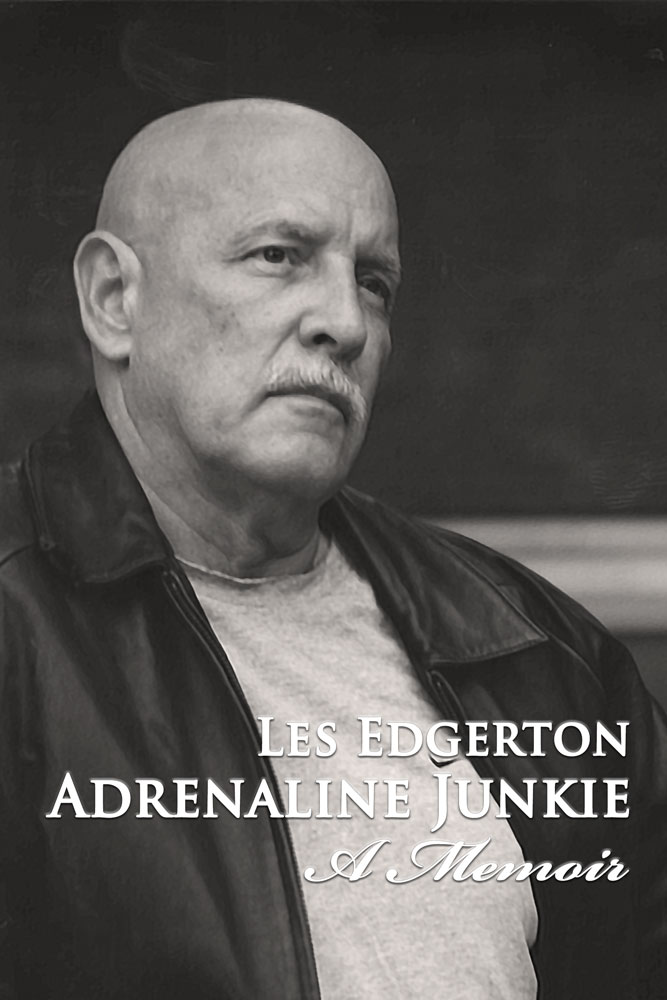


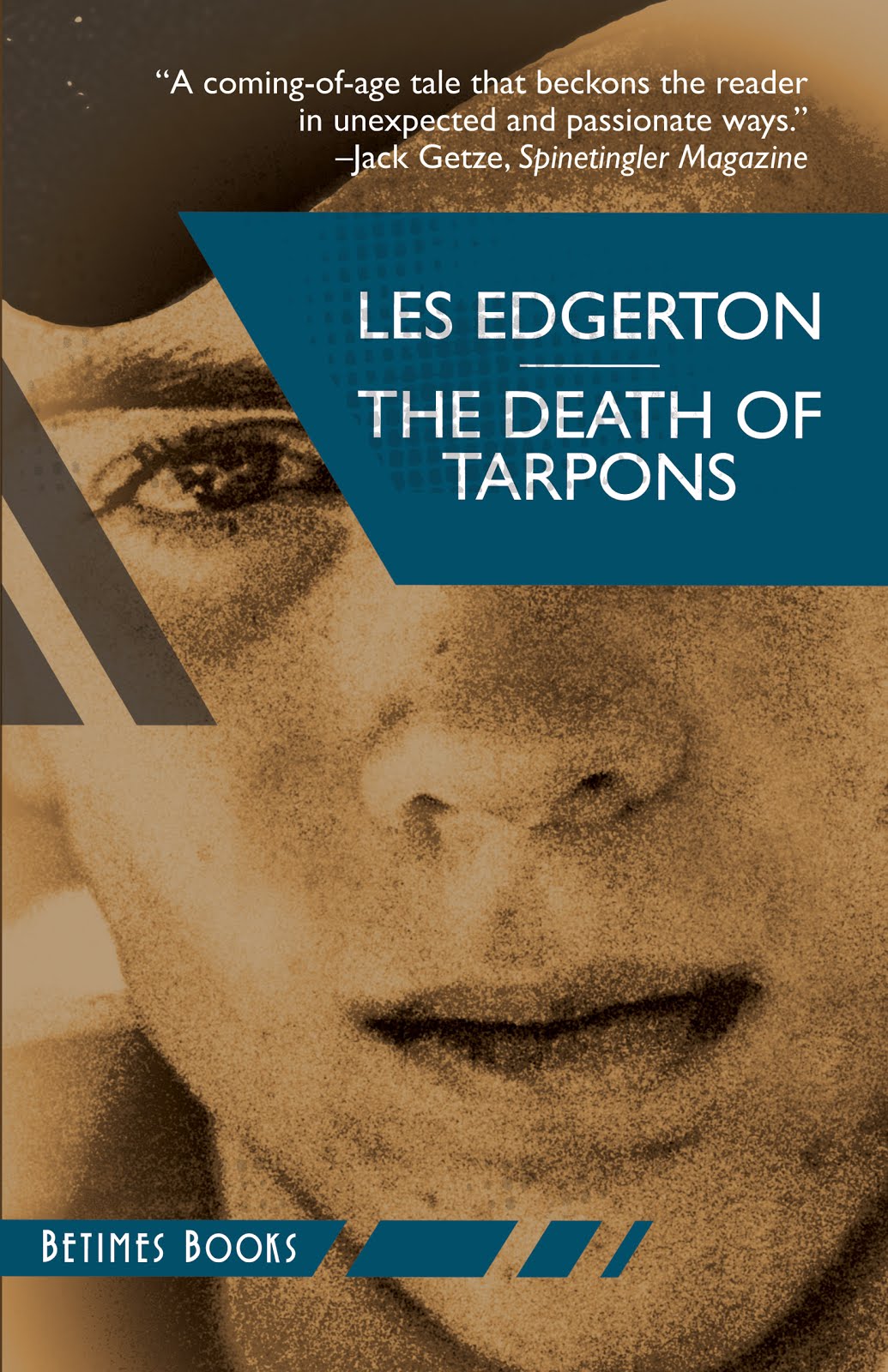

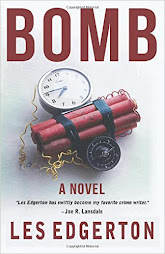


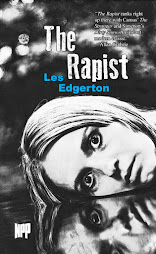
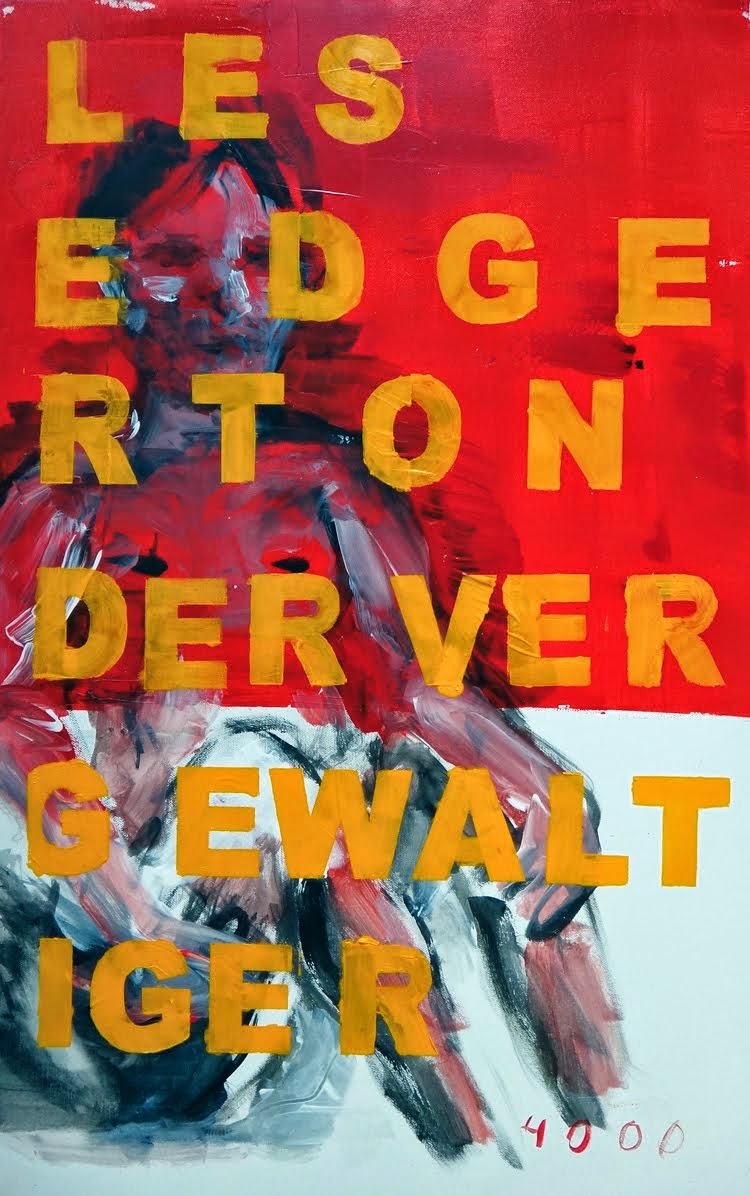
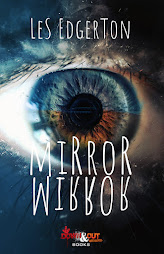

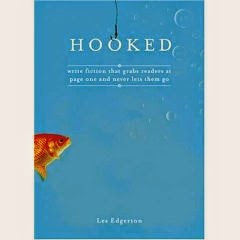

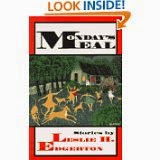
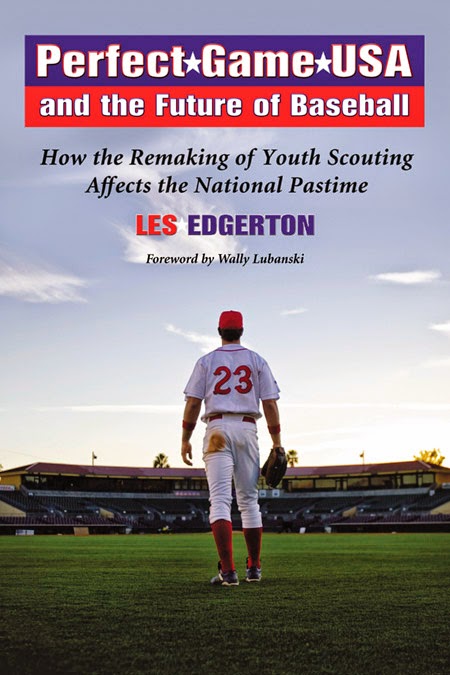
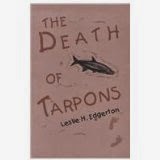

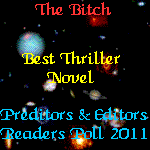





3 comments:
Interesting lesson, thanks Les. Spinach in the teeth...yuk. :)
Thanks for the lesson. This helps. Thanks!
I saw this post linked on another blog, and I'm so glad I read it. What an amazing breakdown of scenes and sequels. And your words about goals we can photograph? Brilliant. Thank you.
Post a Comment